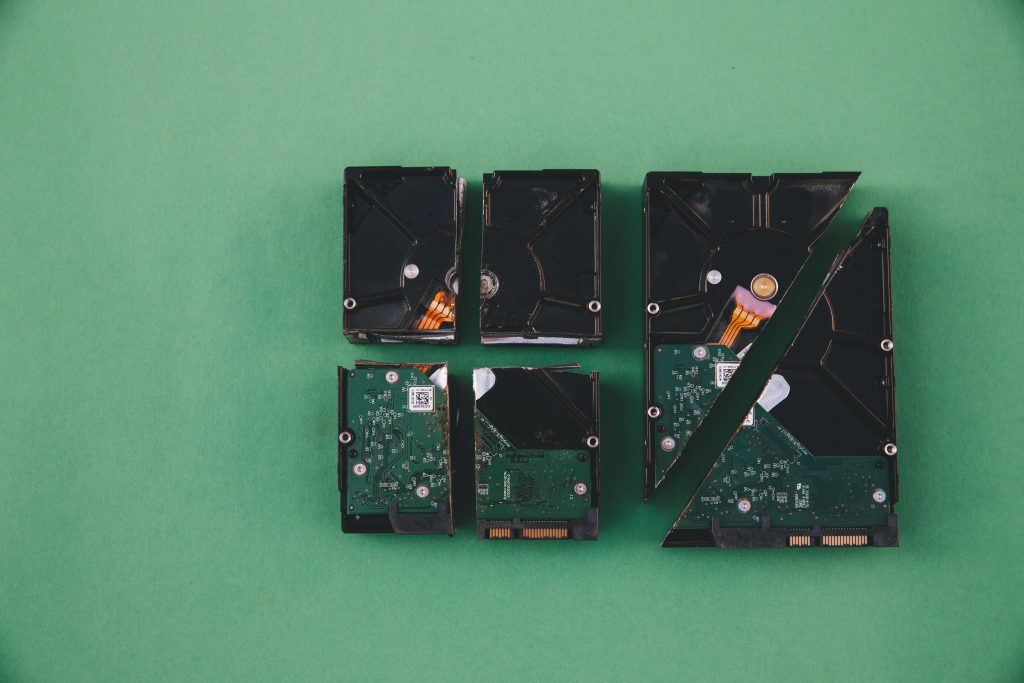Navigating Data Recovery: Sending My HDD for Professional Help
Today marks a significant step in recovering crucial data from my 2.5-year-old Seagate Barracuda 4TB hard drive. Although the HDD powers up and appears in the BIOS, Windows unfortunately fails to detect it. After consulting with a technician, it seems the issue may be related to firmware or bad sectors.
With fingers tightly crossed, I’m sending my drive to MyHardDriveDied, a specialist in data recovery. This experience has taught me an important lesson about the necessity of regular backups—a practice I will surely adopt moving forward. Here’s hoping for a successful recovery!
Share this content:




Best of Luck with Your Recovery!
It’s great to hear that you’re taking a proactive step towards recovering your data. Sending your hard drive to a specialized service like MyHardDriveDied can be a wise choice when facing issues like firmware corruption or bad sectors, particularly with a drive that’s already experienced some failure.
As you’re likely aware, there are a few things to keep in mind while your HDD is in recovery:
I hope you receive good news soon! If you have any questions or need further advice during this process, feel free to reach out. Wishing you all the best for a successful recovery!
Hi,
It sounds like you’re taking the right steps by sending your HDD to a professional data recovery service. Since your drive is recognized in BIOS but not in Windows, it could indicate firmware issues, bad sectors, or a corrupted file system.
While awaiting recovery, you might want to:
Hopefully, the professionals at MyHardDriveDied will be able to retrieve your data successfully. It’s also a good reminder to set up regular backups to prevent such stressful situations in the future.
If you need further assistance with data recovery software or backup strategies, feel free to ask!